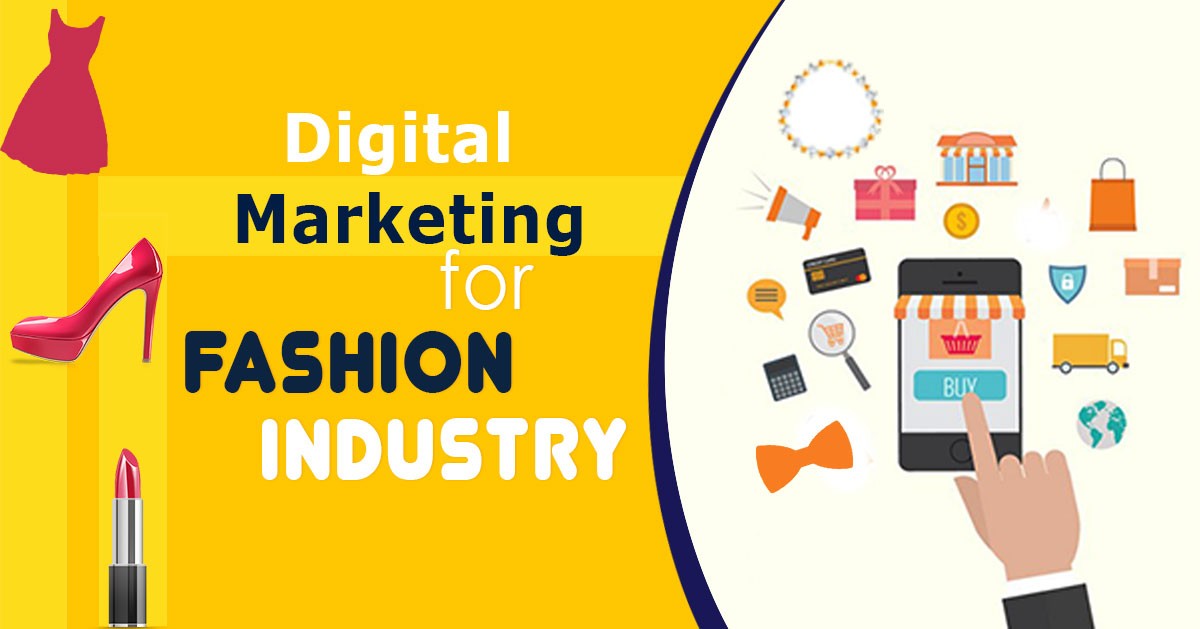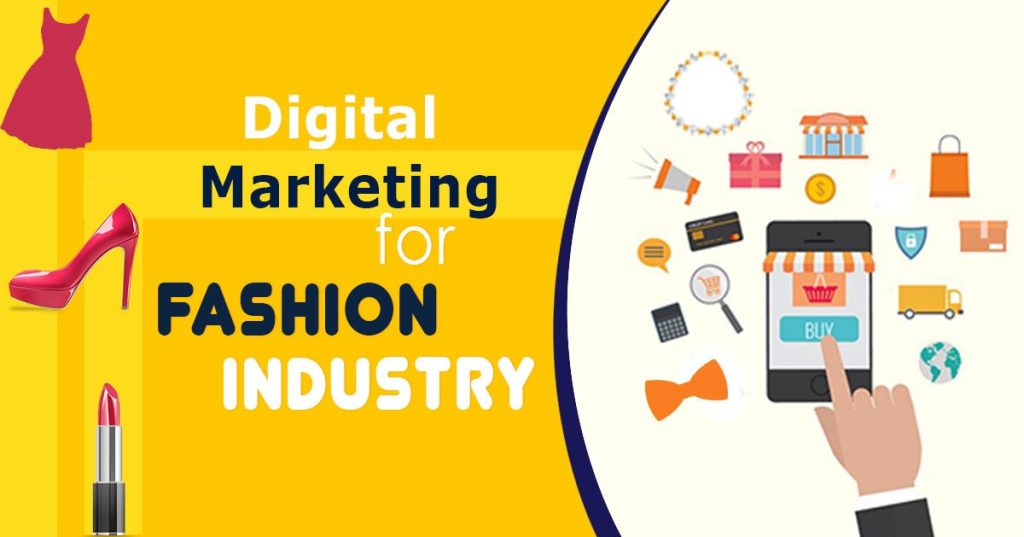As a fashion enthusiast and digital marketer, I’ve always been fascinated by the dynamic and ever-changing world of fashion marketing. The fashion industry has always been inherently creative and trend-driven, constantly pushing boundaries and redefining style. However, in recent years, the rise of digital technology has revolutionized the way fashion brands market themselves. In this blog post, we’ll delve into the trends and strategies that are shaping fashion marketing in the digital age.

One of the most significant shifts in fashion marketing in recent years is the proliferation of social media platforms. From Facebook to Instagram and TikTok, these platforms have become pivotal in shaping fashion trends and reaching a wider audience. Fashion brands now have the ability to showcase their products to millions of people with just a few carefully curated posts. By harnessing the power of influencers, brands can tap into their vast follower base and generate authentic and engaging content. Fashion influencers have become the new trendsetters, and their endorsement can make or break a brand.
Moreover, social media has given rise to user-generated content, where consumers share their own experiences with fashion brands. This has fueled the rise of micro-influencers, individuals with a smaller but highly engaged following. Micro-influencers are seen as more relatable and trustworthy, as their content feels more genuine and less commercialized. This trend has led many brands to shift their focus from macro-influencers to micro-influencers, as the latter often yield higher engagement rates and better conversion rates.
In addition to social media, fashion brands are also leveraging other digital platforms to amplify their marketing efforts. The emergence of YouTube has given rise to a new kind of fashion marketing: video content. Fashion brands now create lookbooks, behind-the-scenes videos, and style guides, which not only showcase their products but also provide valuable content to their audience. By producing high-quality videos, brands can engage their audience on a deeper level and build a loyal community around their brand.
Another trend in fashion marketing is the integration of augmented reality (AR) and virtual reality (VR) technologies. These immersive technologies allow consumers to virtually try on clothes, experiment with different styles and colors, and even attend virtual fashion shows. By providing an interactive and personalized experience, brands can increase customer engagement and bridge the gap between online and offline shopping. AR and VR also allow brands to collect valuable data on consumer preferences and shopping behavior, which can inform future marketing strategies.
Furthermore, data analytics and artificial intelligence (AI) have become integral components of fashion marketing in the digital age. Brands now have access to vast amounts of consumer data, which they can analyze to gain insights into their target audience and tailor their marketing campaigns accordingly. AI-powered algorithms can predict consumer behavior, preferences, and even anticipate the next big fashion trends. This data-driven approach enables brands to make more informed decisions and create personalized experiences for their customers.
As the fashion industry becomes increasingly conscious about sustainability and ethical practices, these values are also reflected in fashion marketing. Brands are embracing transparency and using their digital platforms to communicate their sustainability efforts. From showcasing the use of eco-friendly materials to sharing the stories of the artisans behind their products, fashion brands are leveraging digital marketing strategies to educate consumers about their commitment to ethical practices.
In conclusion, fashion marketing in the digital age is a fascinating and rapidly evolving field. Social media platforms, influencers, user-generated content, video marketing, AR and VR technologies, data analytics, and AI are all shaping the way fashion brands connect with their target audience. The ability to create personalized experiences and engage consumers on a deeper level has become essential in a highly competitive industry. As fashion continues to evolve, so too will the strategies and trends in fashion marketing. It’s an exciting time to be at the intersection of fashion and digital marketing, and I can’t wait to see what the future holds.

